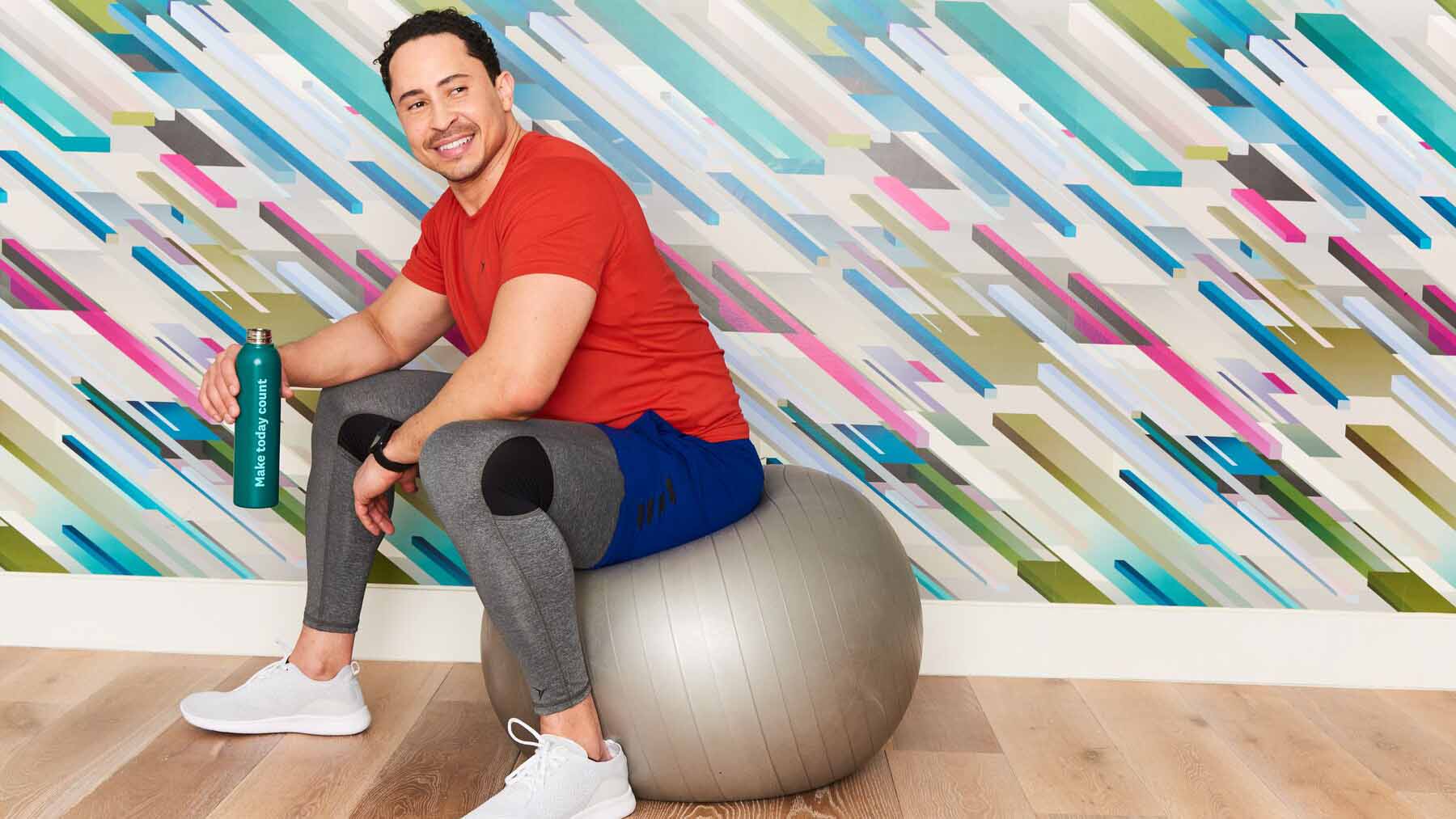Should you work out when your muscles are sore?


If you’re starting a new workout program or taking steps to push your current one to the next level, it’s normal for your muscles to feel sore afterward—especially the following day. But should you continue working out when you’re feeling sore? And how bad is it if you’re so sore that you can’t even lift your arms? Is that normal?
What Muscle Soreness Means
First, it’s worth noting that soreness may not indicate that you've had a good workout. You can still get in a killer gym session without feeling any muscle soreness the following day. But if you made a change in exercise activity, intensity, style, or equipment selection and wake up feeling sore the next day, that’s OK. “Any type of activity that places a new stress or load on a muscle may lead to delayed-onset muscle soreness or DOMS,” explains Neal Pire, MA, CSCS, exercise physiologist and certified health coach at Castle Connolly Private Health Partners in New York City. “As its name implies, DOMS is delayed soreness that is different from the discomfort you may experience during exercise.”
When you lift a heavy weight, what you’re really doing is creating micro-tears in your muscle fibers. The muscles then have to repair themselves and when they do, they get stronger, which results in muscle growth. “Basically, you’re inflicting damage on your muscle so that it grows,” explains Noam Tamir, CSCS, founder of TS Fitness in New York City. “This process depends on the person, but it normally takes 12 to 48—and sometimes up to 72 —hours to kick in. And the feeling can range from slight soreness to “I can barely move” soreness.”
When You Can Work Out While Sore
Whether you can head back to your workout while still feeling your last one depends on a couple factors.
The first: Start with how sore you really feel and how that limits your mobility. “If you are very sore and limited in your range of motion, then I would not advise it,” says Tamir. If you can’t lift your arms or barely walk down the stairs without your calves cramping, you may want to hold off on the gym.
The second: If your soreness is bearable, light exercise is a good option. It can help increase circulation to the sore muscles and enhance mobility, which in turn will help reduce DOMS, explains Pire. Tamir also suggests doing exercises that don’t affect the sore muscles, so if you’re feeling it from yesterday’s upper-body-focused workout, then lower-body exercises would be OK.
“Make sure you give your body two or three days of rest before repeating the same exercise or training the same specific muscle groups,” says Pire. “You can do other exercises but avoid repeating the same exercises day after day.”
How to Reduce Muscle Soreness
There are also some proactive steps you can take to try to help prevent or minimize DOMS. “Mobility work or foam rolling at the end of a workout creates blood flow, which has been shown to decrease muscle soreness,” explains Tamir. “Massages and other manual techniques can also help.” Just be mindful of the intensity—it shouldn’t be too much because that can actually add to more soreness by creating more inflammation in the body.
Know that the DOMS will dissipate if you do experience it. However, if you find that you’re perpetually sore or that the soreness isn’t going away, you may be confusing it with pain and possibly even an injury. “The damage caused to the muscle during DOMS is not as extensive, and this soreness can be aided by light exercises,” says Tamir. “If you have extreme soreness that lasts more than 72 hours though, you may have overtrained and could be experiencing an injury that needs to be treated with rest and medical attention.” Other signs that you may have overdone it: swollen limbs or extremely dark urine. If you’re experiencing either, contact a medical professional right away.
Cold baths and pain relievers can also help in some extreme cases of DOMS. But teaching the body to deal with the stress of a tough workout is important if you want to grow and progress with your fitness goals. “You don’t always want to take the short cut in recovery,” explains Tamir. “As you get better conditioned your body learns to deal with this better.”
